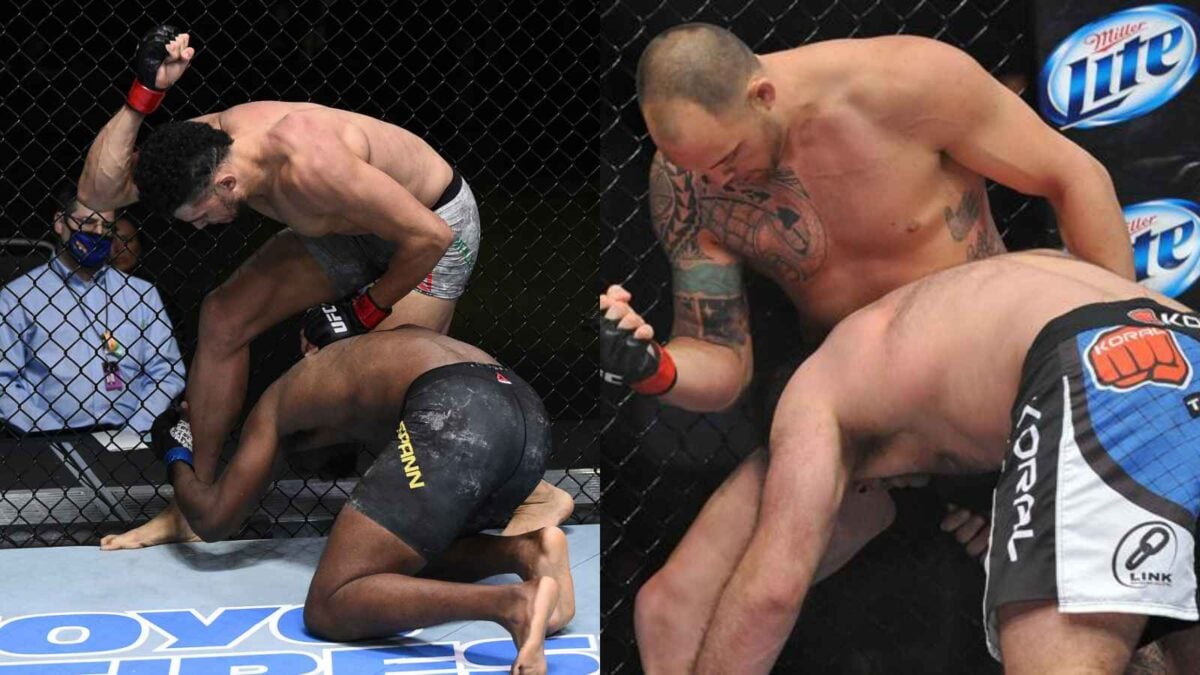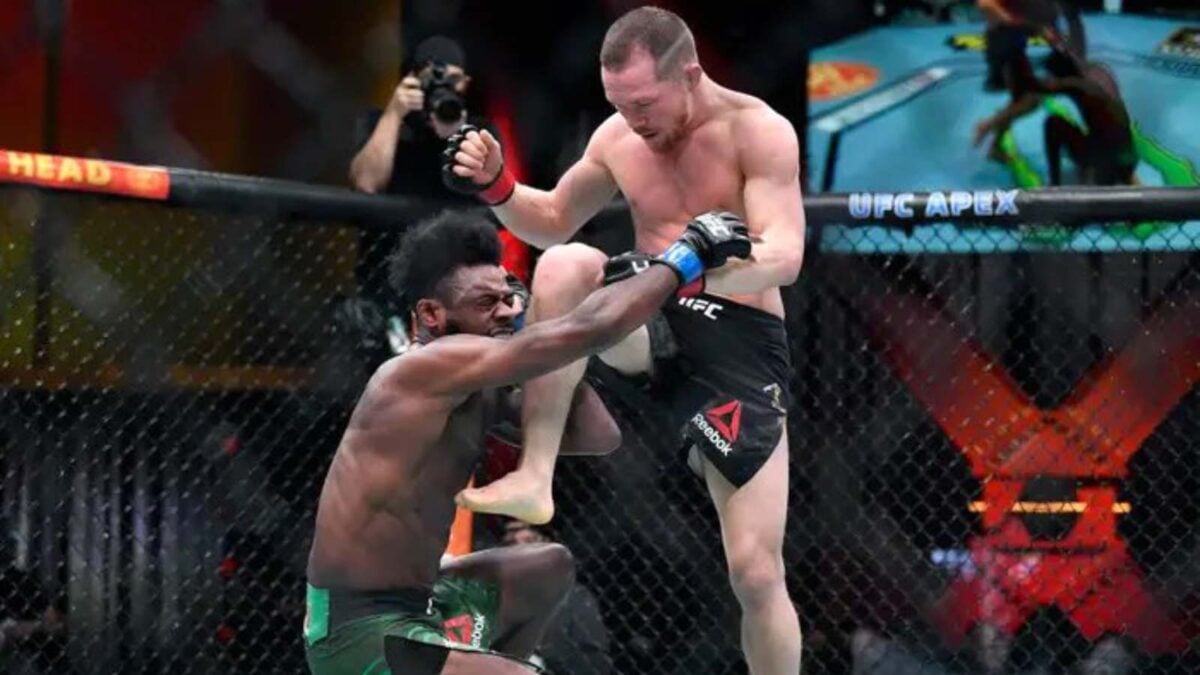Some of the rules in MMA have always been controversial and have caused fighters to lose their fights by disqualification. Over the years, there have been several cases where the fighters have raised their voices against the rules. However, the MMA community will see some changes as some much-needed major amendments come through.
Recently, the Association of Boxing Commissions and Combat Sports Mixed Martial Arts Committee has approved a couple of key rule changes that will go into effect starting November 1. The first rule adjustment included the 12 to 6 elbow, which simply implies a fighter bringing their arm up straight and straight down to land an elbow on an opponent.
Although the elbow was once seen to be more deadly than an angled elbow blow, its benefits remain highly debated, especially by retired referee John McCarthy. He was involved in the development of the first unified rules in 2000. Under the new ruleset, 12 to 6 elbows will no longer be viewed as an illegal strike in MMA.
The controversial history of the 12 to 6 elbow
The 12 to 6 elbow was banned in MMA because of perceived danger, which stemmed from early martial arts displays that involved smashing bricks. Critics say it is inconsistently enforced and no more harmful than other strikes. Despite ongoing discussions, the strike was always declared illegal. With many asking for rule re-evaluation, it has finally occurred.
 12 to 6 elbow strikes (via X)
12 to 6 elbow strikes (via X)The most well-known 12 to 6 elbow in mixed martial arts history belongs to the UFC heavyweight Jon Jones. In 2009, Jones was winning the fight until he hit Matt Hamill with 12 to 6 elbows. This forced referee Steve Mazzagatti to stop the fight and disqualify Jones. The DQ is still Jones’ only defeat in his highly decorated 29-fight MMA career.
Finally, the 12 to 6 elbow rule has been eliminated and the grounded opponent rule has been changed.
Andy Foster does it again. pic.twitter.com/uEuY930Mlt
— Ariel Helwani (@arielhelwani) July 23, 2024
A large part of the misunderstanding around the 12-to-6 elbow stemmed from its execution. Delivering the identical strike at any angle other than directly up and down was permitted. The referee often made a judgment call on whether a fighter threw a 12-to-6 elbow or if the strike was thrown at an angle other than directly up and down.
The new rule for grounded opponent
The other controversial rule that the committee amended was above the debate around hitting a grounded opponent. The unified rules have always prohibited kicks and knees to the heads of grounded opponents. Meanwhile, the definition of a grounded opponent has changed now.
The new rule clearly states:
A fighter shall be considered grounded and may not be legally kneed or kicked to the head when any part of their body other than their hands or feet is in contact with the canvas (ground).
Association of Boxing Commissions and Combat Sports Mixed Martial Arts Committee via official statement

 Grounded opponent rule change (via X)
Grounded opponent rule change (via X)Under the former rule, a fighter had to have at least one hand down and any other body part contacting the floor. Technically, two hands touching the canvas can be considered a grounded opponent. No kicks or knee attempts to the head remain possible in that situation.
🚨RULE CHANGE🚨
OCTOBER 1ST,
THE HANDS ON THE FLOOR DO NOT COUNT AS A GROUNDED OPPONENT‼️
A fighter must have at least 1 knee on the ground to prevent their opponent from kicking/kneeing them to the head.
This is a MAJOR rule change for all fighters📖#UFC #MMA #UFCVegas94 pic.twitter.com/KNOP7N5o10
— MMA Casuals (@MMA_CASUALS_) July 21, 2024
According to the new regulation, a fighter must have a body part on the canvas other than their hands or feet to be considered grounded. Otherwise, knees and kicks to the head are allowed.
The committee aiming to implement changes includes referees like Marc Goddard, Herb Dean, and John McCarthy. Executive directors Andy Foster of the California State Athletic Commission and Jeff Mullen of the Nevada Athletic Commission were other influential figures. They voted on and approved the rule changes and modifications.
!